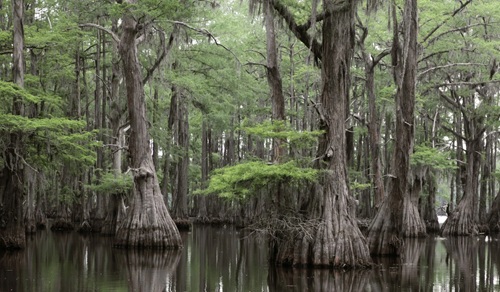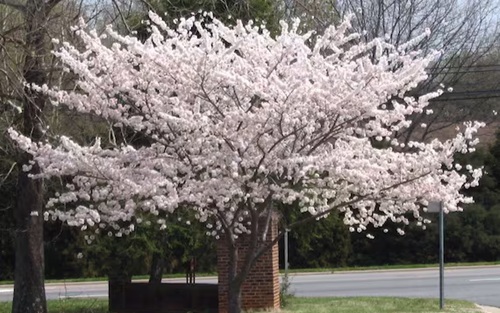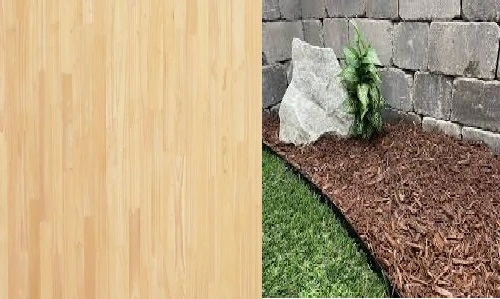The Bald Cypress tree (Taxodium distichum) is a majestic, long-lived conifer native to the southeastern United States, particularly known for its presence in swamps, bayous, and floodplains. Despite being a deciduous conifer—one that sheds its needles in fall—it retains a stately evergreen-like appearance for much of the year. Its unique shape, tolerance for wet conditions, and striking fall color make it a favorite among landscape designers and environmentally conscious property owners.
However, like any tree species, the Bald Cypress comes with both advantages and disadvantages. If you’re considering planting one in your yard, public space, or reforestation project, it’s important to evaluate its ecological role, maintenance needs, growth habits, and potential issues.
Here’s a comprehensive, fact-based analysis of the pros and cons of the Bald Cypress tree.
Pros of the Bald Cypress Tree

1. Tolerant of Wet and Flooded Soils
One of the most compelling advantages of the Bald Cypress is its exceptional adaptability to wet and swampy areas. Its root system thrives in waterlogged or poorly drained soils, making it an ideal tree for:
- Riverbanks and retention ponds
- Stormwater basins and flood zones
- Areas prone to seasonal flooding
Few trees can survive—and even thrive—in such conditions, making the Bald Cypress a valuable choice for wetland restoration and erosion control.
2. Attractive Year-Round Aesthetic
The Bald Cypress stands out for its beautiful, fine-textured, feathery foliage that turns a brilliant orange to rust in the fall before dropping. The tree has a pyramidal shape when young and becomes more irregular and picturesque with age, often forming a broad crown and strong horizontal branching.
Its textured bark, striking foliage, and elegant form make it a popular ornamental tree in parks and large yards.
3. Long-Lived and Durable
These trees can live for hundreds—even thousands—of years, with some specimens in the southeastern U.S. dating back over 1,000 years. Their hardwood structure makes them resistant to storm damage and strong winds, and they are rarely bothered by pests or diseases.
This longevity and durability make Bald Cypress a solid long-term investment for landscapes and conservation areas.
4. Low Maintenance
Once established, Bald Cypress trees are relatively low-maintenance. They don’t require pruning unless shaping is desired, and they rarely suffer from serious insect or disease problems. They are also deer-resistant, a major plus in suburban or rural areas.
5. Air and Water Purification
The Bald Cypress plays an important role in improving water quality. Its roots stabilize soil, prevent erosion, and filter out pollutants from runoff. In urban settings, it can help mitigate stormwater and improve air quality by capturing particulate matter.
6. Wildlife Habitat
The tree provides food and shelter for various wildlife, including:
- Birds that nest in the branches
- Squirrels and other small mammals
- Insects and pollinators attracted to its ecosystem
This makes it a biodiversity-friendly choice for ecological landscaping.
Cons of the Bald Cypress Tree
1. Formation of “Knees” (Root Protrusions)
Perhaps the most controversial feature of the Bald Cypress is the formation of “knees”—woody, cone-shaped structures that rise above the soil or water surface near the tree. While knees are natural and often seen in wet environments, they can be problematic in:
- Lawns and sidewalks (posing tripping hazards)
- Landscaped areas where a clean aesthetic is desired
- Sports fields or gardens, where mowing is frequent
The exact purpose of the knees is still debated, but their unpredictable growth can limit placement options.
2. Large Size and Space Requirements
The Bald Cypress can grow 50 to 70 feet tall (and sometimes over 100 feet in ideal conditions), with a spread of 25 to 35 feet. This makes it unsuitable for small yards or confined urban spaces. Homeowners need to ensure there is ample space for root expansion and canopy growth.
3. Slow to Moderate Growth Rate
While some younger trees show relatively fast growth under the right conditions, the Bald Cypress is generally considered to have a moderate growth rate—about 1 to 2 feet per year. If you’re looking for quick shade or privacy, this tree may not meet your expectations in the short term.
4. Seasonal Needle Drop
Unlike most conifers, the Bald Cypress is deciduous, meaning it drops its soft, feathery needles in late fall. While the color change is attractive, the needle drop can require seasonal cleanup—especially if planted near driveways, patios, or pools.
5. Not Ideal for Dry or Alkaline Soils
The Bald Cypress prefers acidic to neutral soils and thrives in moist environments. In dry, arid, or alkaline soil, it may struggle unless consistently irrigated or properly amended. This limits its use in some inland or western regions.
6. Limited Availability in Some Areas
Though increasingly popular, the Bald Cypress is still not as widely available as more common landscape trees like maples or oaks. Nurseries may carry limited stock, and prices can be higher due to slower growth and specialized cultivation needs.
Best Uses for Bald Cypress Trees
- Wetland restoration projects
- Public parks and large estates
- Rain gardens or stormwater management zones
- Lakeside or riverside planting
- Ornamental centerpiece in large yards
Avoid planting near paved areas, small yards, or where root knees would be hazardous or unsightly.
Final Verdict: Is the Bald Cypress Right for You?
The Bald Cypress is a stunning, ecologically valuable tree that excels in wet environments, large landscapes, and naturalized settings. It’s a favorite for landscape designers and environmental planners thanks to its resilience, low maintenance, and visual appeal.
However, it’s not ideal for every location or purpose. Homeowners must weigh its potential root issues, seasonal mess, and space requirements against its benefits.
In the right conditions, the Bald Cypress is a timeless, iconic addition to any landscape—offering beauty, biodiversity, and environmental benefits that last for generations.

